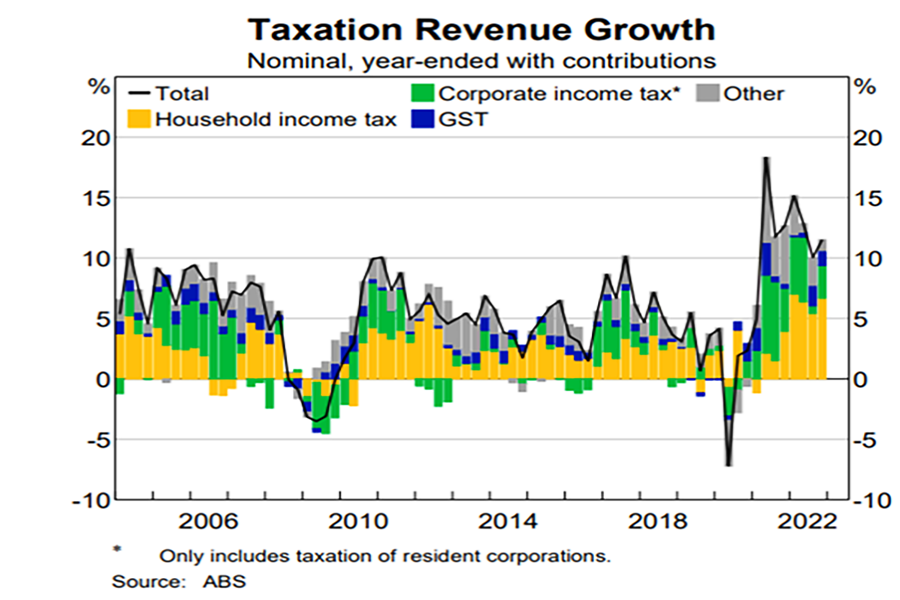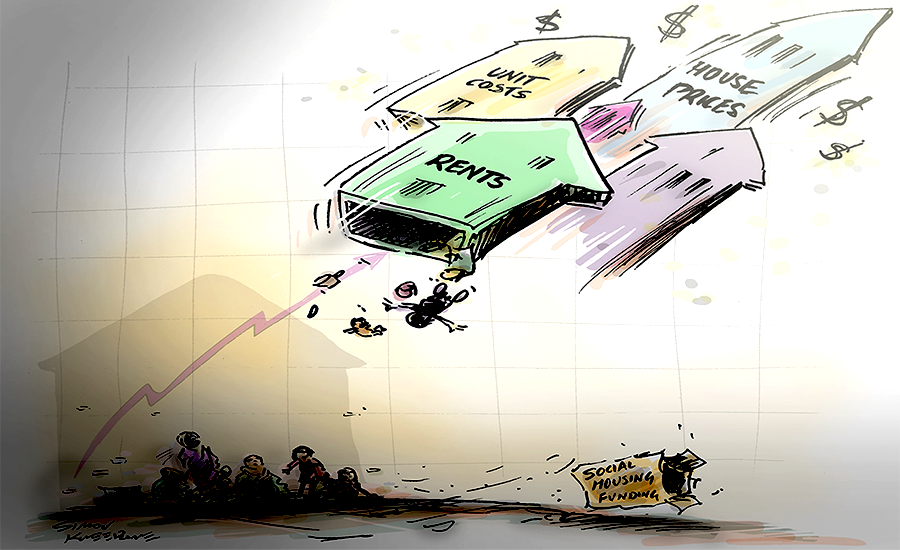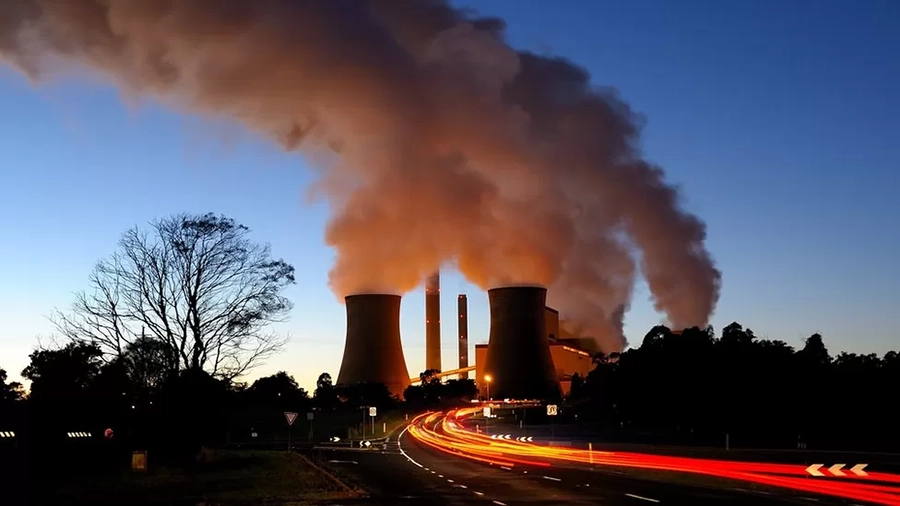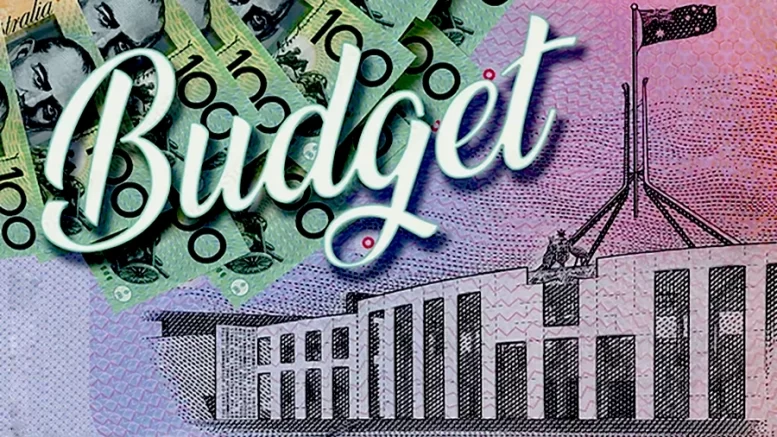Contributed by Joe Montero
Make no mistake, the budget delivered last night by treasurer Jim Chalmers took on the shape of a major public relations exercise. It pretended to deliver to the battler. The gives are marginal and do little to tackle the rising cost of living.
You wouldn’t think so if you believe the headlines across big media. These have generally lent a hand to the narrative of a responsible giveaway budget, which has also delivered a small budget surplus.
This isn’t about having a go at Labor. A coalition government would’ve been much worse. Still, there’s something to be said about being honest and calling it like it is. To do otherwise, is to go along with what is wrong and shore up the facade.
So, what is the reality behind this façade? The government coffers have been filled with a growth in the tax paid by wage earners, although their share of national income remains stagnant. The rest of it has come from tax collected from the soaring prices for fossil fuel exports and the domestic cost of petrol.

The graph above shows the relative and absolute rise in household income tax in recent years.
This has provided useful wiggle room to do the minimum to escape public angst. Everyone knows that the standing of government in this country and the major parties that operate within is quite low. The smoke and mirrors approach is designed to answer this by taking our attention from the reality that most of us are becoming worse off, and that the budget does little to turn this around.
Take the housing affordability crisis. Giving a $1.12 a day increase to Commonwealth Rent Assistance to those on Centrelink payments is not even going to scratch the surface on this problem. This same group of Australian citizens gets $2.85 a day, not even enough to cover a cup of coffee, to address living well below the poverty line. This requires $50 a day more. Without the support they need, a growing proportion of Australia will continue to have to make choices between paying the rent, eating, or seeing the doctor.

The small giveaways in childcare, energy relief, medical prescriptions, homeowners, community services, and Indigenous communities are welcome but will make little difference. In any case, much of it will go into the pockets of business owners. This is not necessarily all bad. Even if this was not the case, it wouldn’t even cover the cost of inflation. This budget has failed to address the cost of living crisis. and with the gives there are also some takes.
The second failure is that there is almost nothing towards doing a better job of steer away from fossil fuels and regearing the economy towards cleaner technology and products. On the contrary. This budget has proved just how dependent government is on continuing the fossil fuel industry for a significant part of its revenues. The budget surplus would not have been delivered without it.
Two billion has been set aside to pay the private sector to develop a clean hydrogen industry. Another $450 million will be handed over to the country’s largest industrial emitters. Meanwhile the target for emission reduction has been set to just 5 percent per year till 2030. This is a total of 30 percent. Not enough to deliver what is necessary.

Photo from Getty Images: The Loy Yang A power station in Victoria is the dirtiest in the nation and will continue till 2035, to serve as a symbol of the failure to cut carbon emissions sufficiently.
The fundamental issue here is what sort of society, and therefore economy, meets the interests of most. Do we aspire to a future where we care about one another, work together to do better and lift all and ensure dignity for everyone? Or do we continue along the road of selfishness and division where a few get most of the benefits? The answer sets the priorities.
If we aspire to a better future, people, and the environment that we depend upon for life will top the list. The revenue to meet the needs that stem from this can be raised. Reducing expenditure in lower priority areas would help. At the top of the list in this budget was boosting military spending. On top of recent generous increases, this budget added another $11 billion.
A boost to TAFE had been expected. This did not materialise. Instead of this, $127.3 million provided to create university places to provide support for the AUKUS submarine project.
Should military spending be the priority?
If providing Australians with a better quality of life is the priority, the spending pattern would be different, and the revenues needed would be raised. There would be a rejigging the taxation system to ensure that contributions are based on capacity. As so many have said, eliminating the tax evasion industry would raise billions more each year.
This is not about government control. It is about government intervention to ensure the benefits are shared fairly, and that the economy is reorientated in a new direction. It is also about creating new opportunities for innovation, participation, and a voice, and building a society that can truly be called democratic.
Australia doesn’t yet have a government that shares this vision, and the will and capacity to lead in its implementation. The result is an ongoing failure to break away from the past, and in today’s terms, the ideology of neoliberalism. This year’s budget is a product of this failure.


Be the first to comment on "The budget delivered minor gains and failed on the key issues"